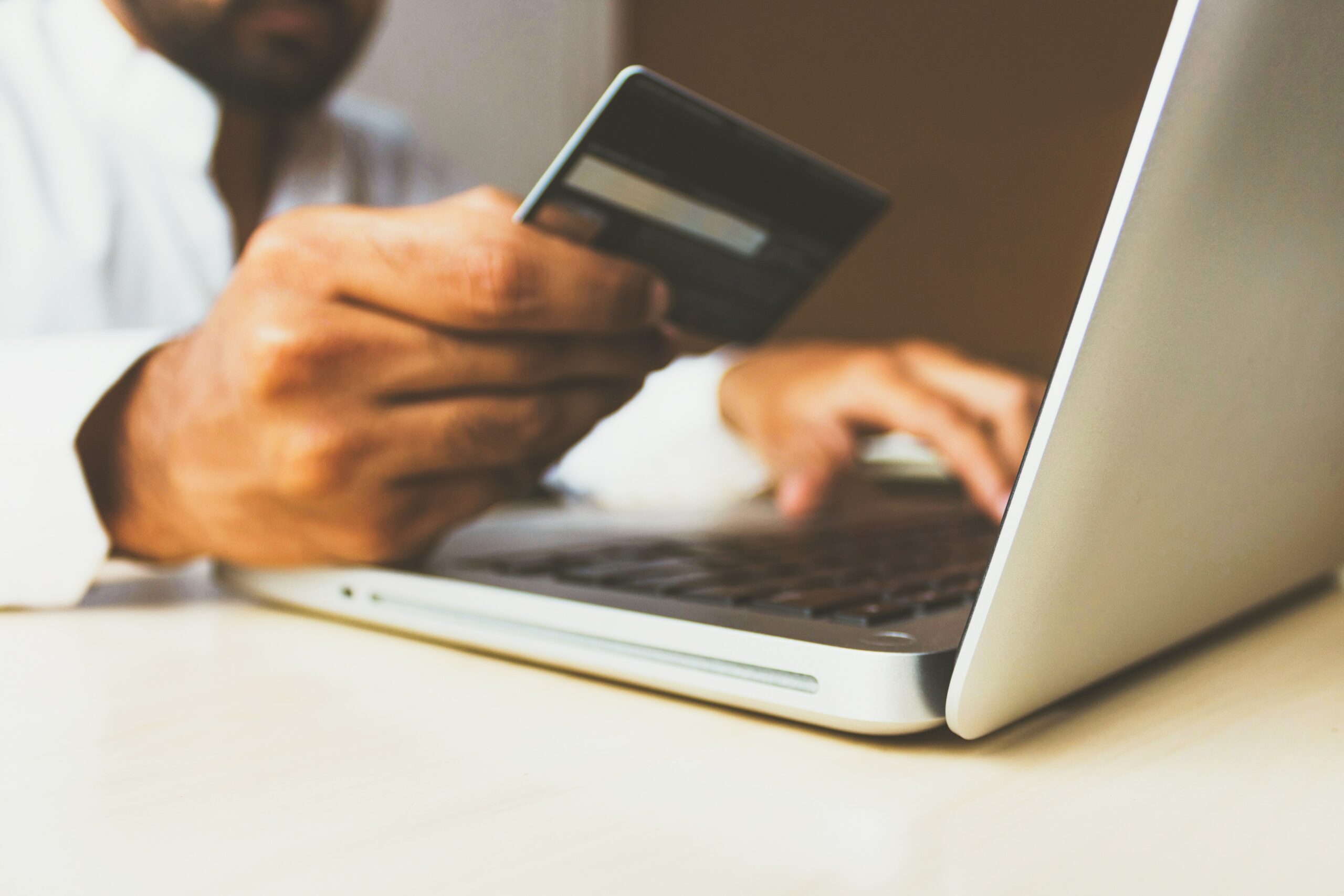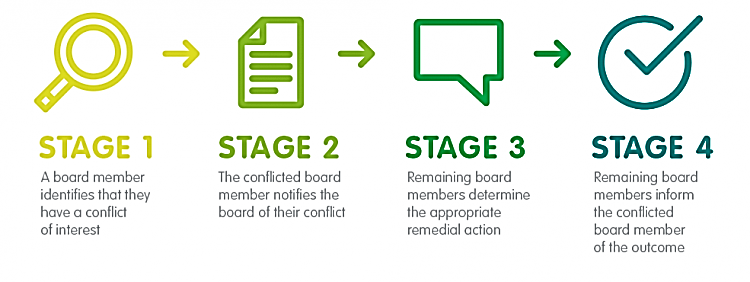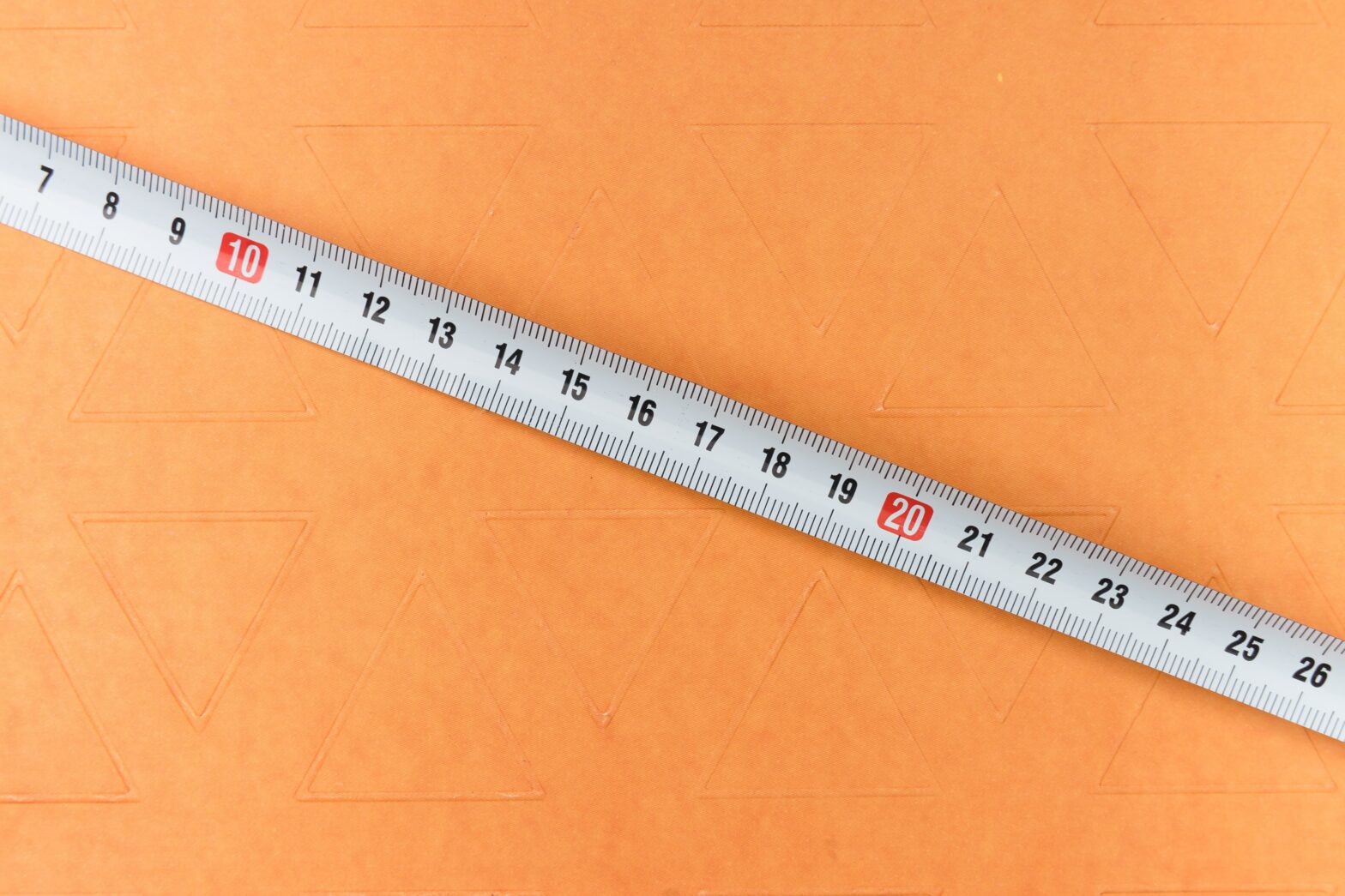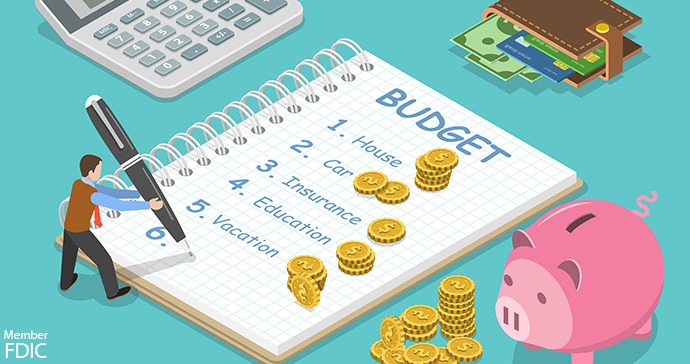We are constantly overwhelmed by the amount of articles telling us about the need to budget our money, but there is never a true guide on how budgeting should be done. Budgeting is simply the process of planning and outlining the means in which funds should be utilized. Usually governments and businesses complete this process annually, but it is important that individuals also create a budget to efficiently plan how income should be utilized. It is of even more importance during the current economic climate marked by rising prices and increased unemployment therefore, the aim of this article is to provide a step-by-step approach to developing good budgeting habits.
Step 1: Understanding Your Income
Income earned is used in three ways: consumption, savings and taxes. Unfortunately, we have no control over the taxes attributed to our income; as we commonly are told “The only things certain are death and taxes”. However, it is pertinent that we know how much we actually spend in taxes per month and the impact of changes on taxable income. For instance, during the 2019 budget presentations, the government announced reductions to the income taxes payable. The income tax bands were revised to remove the rates of 16%, 33.5% and 40% and institute tax bands of 12.5% on income up to $50,000 and 33.5% on income over $50,000 from July 1st 2019.The rate on income over $50,000 will then be reduced again to 28.5% on January 1st 2020. To gain a greater appreciation of the tax savings from this change, pay slips prior to July should be compared with those after. Tax changes can either reduce or increase the disposable income which is the income available for consumption and savings; therefore, a budget must be appropriately adjusted to accommodate these changes.
Consumption spending represents the largest use of income and can range from miscellaneous spending such as parties, accessories and travel to spending on essentials like electricity, water and food. Spending on miscellaneous items should be monitored as these costs accumulate and can result in an opportunity cost given that these funds could have been otherwise saved. For as Benjamin Franklyn said “Beware of the small expenses, a small leak will sink a great ship”. Another aspect of consumption relates to spending on loans and advances and these commitments are harder to manage once started. Therefore, loans should only be obtained when necessary and mainly as a means of generating further income such as rental income, expanding assets such as obtaining real estate or reducing current expenditure which usually takes the form of debt consolidation. Financial institutions have imposed ratios such as the debt service ratio and the total debt service ratio to assess the financial viability of applicants and these ratios can also be used for personal assessment. The debt service ratio analyzes the percentage of income spent on loan payments and is usually capped at 40% of gross income. Meanwhile the total debt service ratio assesses the percentage of total income spent on consumption and is usually capped at 80% of total income. Therefore individuals can use these ratios to review their current spending habits.
The final component of the use of income relates to savings. Although savings represents the smallest component of income it is one of the most important. Essentially savings represents any funds not used for consumption. Savings allows for additional income generation through interest earned, wealth to be passed on through generations so that descendants become better off and also provides a buffer against negative unanticipated occurrences such as repairs, sickness or death. Therefore, a core component of a healthy budget requires structured and consistent savings. Interestingly, some areas of our society are designed to promote savings, for instance, Barbados Protection of Wages Chapter 351 9. (3) states that the total amount that can be deducted or stopped shall not, in any pay period, exceed one-third of the wages of the worker in that pay period. While the financial institutions in imposing the debt service and total debt service ratios have innately left 20% of the income earned untouched. These conditions can allow individuals to save a portion of their income.
Step 2: Detailing and Analyzing Spending Habits
The next step is to chart and detail all earnings, consumption and savings over a 6-month period. This provides an understanding of current spending. Total each column at the end of each month during the period and calculate each as a percentage of income. An example can be shown below:
| Disposable Income (Income after taxes) | Loans | Spending on Essentials (food, water and electricity) | Miscellaneous Spending | Savings |
| $4,553.54 | $1,800.00 | $1,500.00 | $353.54 | $900.00 |
| Percentage of income | 39.53% | 32.94% | 7.76% | 19.77% |
Finally, compare the percentages with the thresholds previously outlined to determine if your current spending and savings mix corresponds to industry norms. After this assessment is completed, identify any areas of concern that must be addressed.
Step 3: Chart Your Ideal Budget
Based on the findings of the exercise in Step 2, map your ideal budget composition by calculating the percentage of your income that should be made towards expenditure and savings. For instance, if you believe an appropriate budget consists of 30% savings and 70% consumption, then, using the table as an example, calculate the portion of each category and that would serve as your budget. Also, aim to find ways in which these percentages can be maintained.
For instance, miscellaneous spending should be planned for and monitored to ensure effective control over funds. To assist in budgeting for miscellaneous spending, a cap should be placed on the amount of income used in this regard. For example, if miscellaneous spending should be on a trip then the amount of funds required should be determined and the funds needed should be prorated monthly until the date of the trip arrives. Meanwhile, spending on utilities can be managed by monitoring the usage patterns and making adjustments such as using more energy efficient products. For assistance on how to manage energy consumption, the Barbados Renewable Energy Association can be contacted to connect with companies offering energy audits and efficient products.







